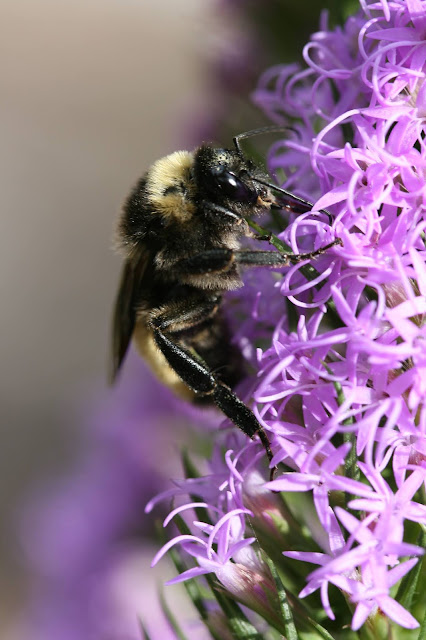Defined By Our Roots

There are no more-powerful organs than roots. They define everything about a plant and, though largely unseen, everything that we see above-ground is determined by them. It is no wonder then that we talk about our own roots. They do the same. As I watch the birds that now visit my feeders, I think I relish most the visits by the Carolina chickadees and Carolina wrens. Although the differ a bit from the birds of my Wisconsin youth, they bring back memories of the birds I grew up with and I am then struck by how my roots define me. Just as the roots of plants anchor it and supply the nutrients necessary for its life, ours do the same for us. We never actually escape our own roots no matter how many times we move about the world. Where we were first planted nourishes us for the rest of our lives. As a Midwestern child of the 50's and 60's, I wandered the hills of southern Wisconsin, exploring the magic of spring in the deciduous forests that were near me. Perhaps that is why I am ...




